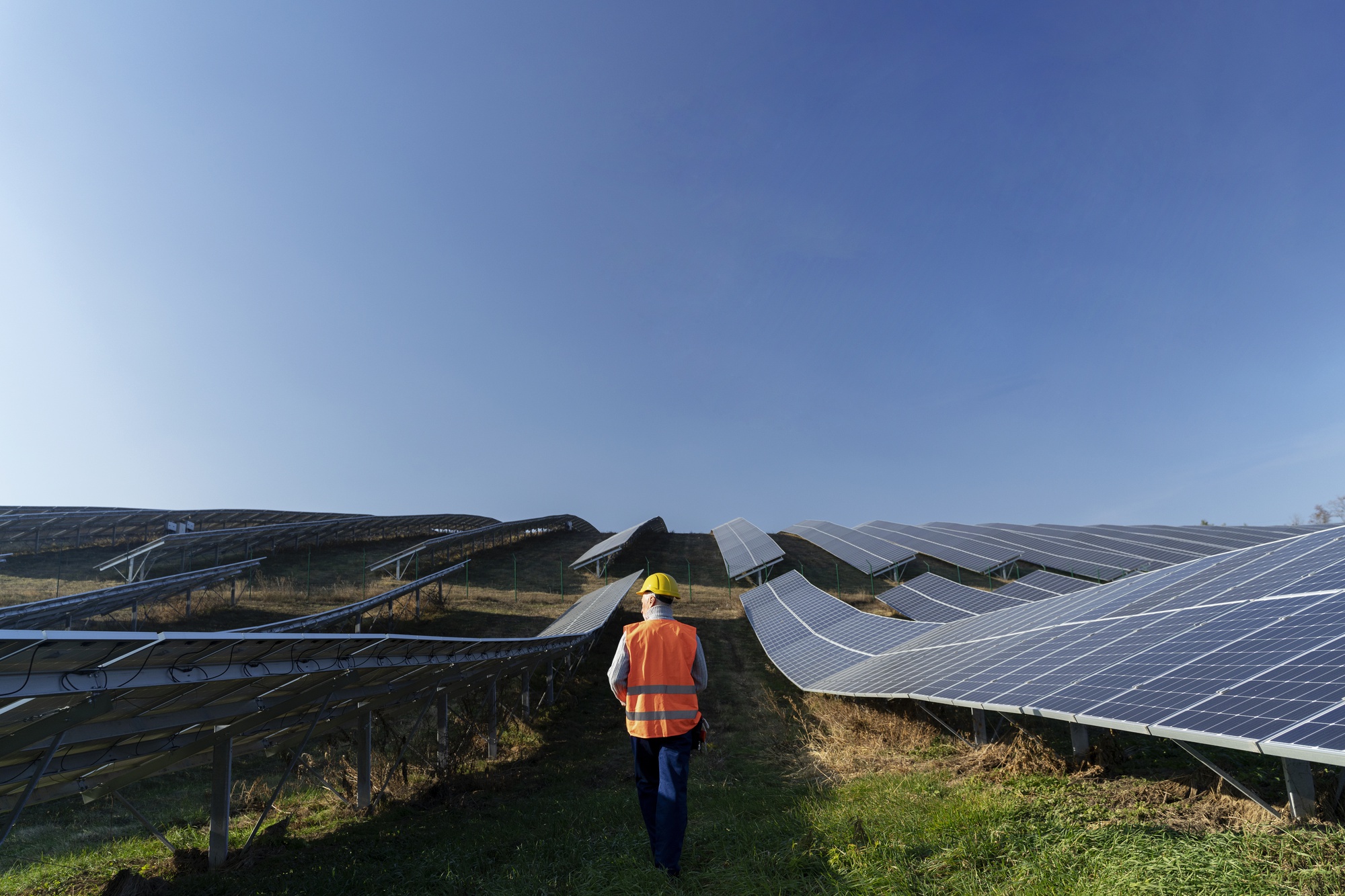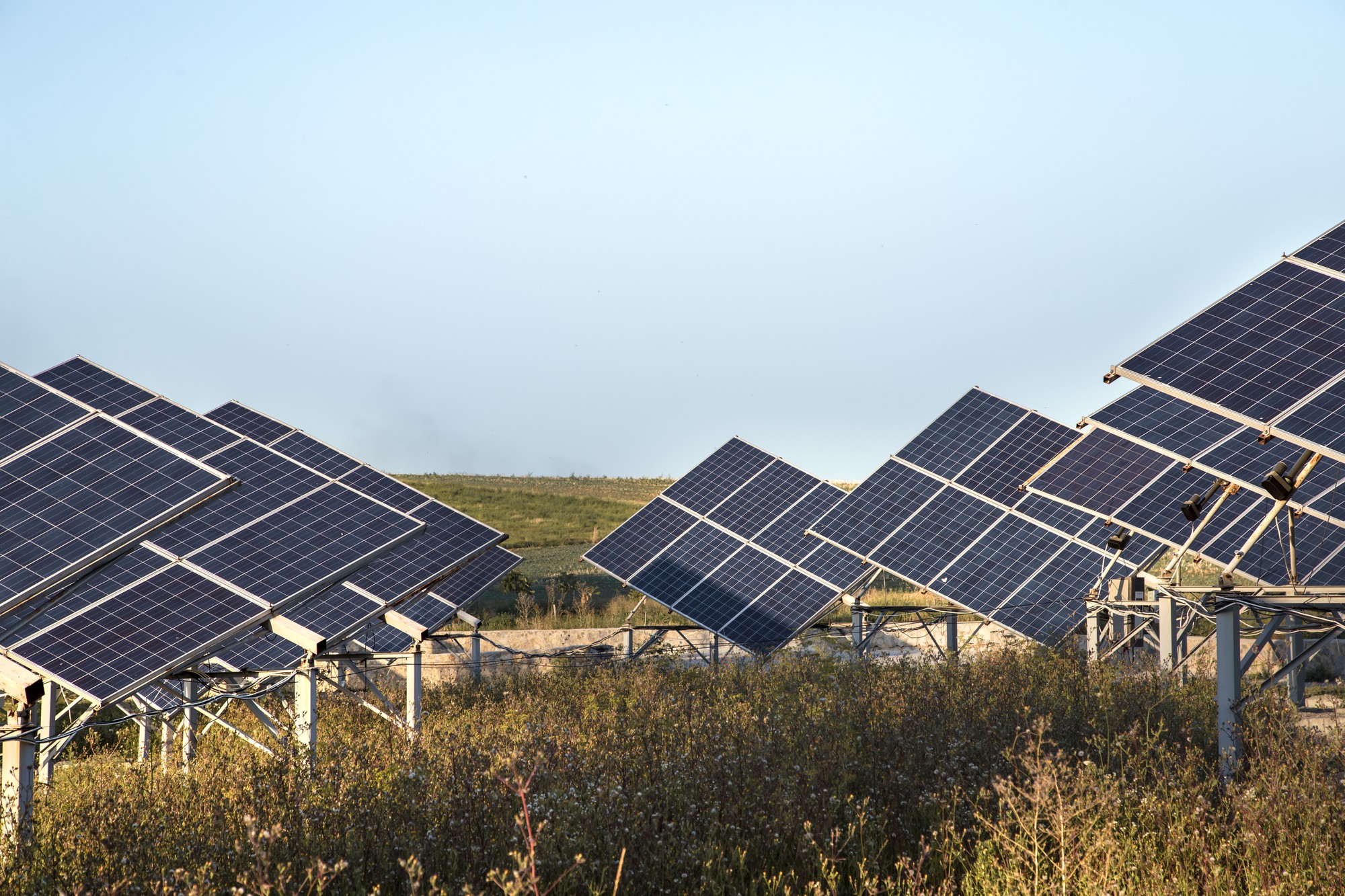Solar Power System
Solar Power System: The Sustainable Solution for Clean Energy
Solar energy is one of the most prominent renewable and sustainable solutions that help reduce reliance on traditional energy sources that harm the environment. The solar power system is one of the most advanced and effective technologies in converting sunlight into electrical energy, which can be used for a variety of residential and industrial applications.
What Does a Solar Power System Include?
A solar power system typically consists of several key components:
Solar Panels: Solar panels collect energy from the sun’s rays and convert it into electricity using solar cells.
Inverter: The inverter converts the electricity produced by the solar panels (DC) into electricity that can be used in homes or businesses (AC).
Batteries (Optional): Solar energy can be stored in batteries to provide electricity during the night or on cloudy days.
Supporting Systems: Such as charge controllers and system protection devices to safeguard the system.
Benefits of Using a Solar Power System
Reduced Electricity Bills: Once the solar power system is installed, homes and businesses can significantly reduce their dependence on electricity from the grid, resulting in lower energy bills.
Environmental Sustainability: Generating electricity from the sun produces no harmful emissions, helping reduce pollution and mitigate the effects of climate change.
Free Energy After Installation: After a short period of installation, solar power begins to generate free and sustainable energy with no additional costs.
Increased Property Value: Installing a solar power system adds value to a property, making it more attractive to potential buyers.
Energy Independence: A solar system reduces reliance on the public grid, giving you a higher level of independence in energy consumption.
How to Choose the Right System?
Choosing the right system depends on several factors, including:
Energy Needs: It’s important to assess your monthly energy consumption to determine the appropriate system size.
Geographical Location: The amount of sunlight your location receives affects the system’s energy generation capacity.
Available Budget: Determining the overall cost of the system based on the required components.
Conclusion
The solar power system is an ideal choice for the future, not only because it helps preserve the environment but also because it provides energy independence and reduces costs in the long term. Investing in solar energy is a smart move toward improving the quality of life.


What papers needed for solar installation?
We’re finding ways to bring energy to more people in more ways every day, so that all of us can be part of the changing energy system. Because Powering Progress means providing more
How do you evaluate the cost of solar repair?
We’re finding ways to bring energy to more people in more ways every day, so that all of us can be part of the changing energy system. Because Powering Progress means providing more
What is the per square-feet cost of panel installation?
We’re finding ways to bring energy to more people in more ways every day, so that all of us can be part of the changing energy system. Because Powering Progress means providing more
When should we check the battery connections?
We’re finding ways to bring energy to more people in more ways every day, so that all of us can be part of the changing energy system. Because Powering Progress means providing more


